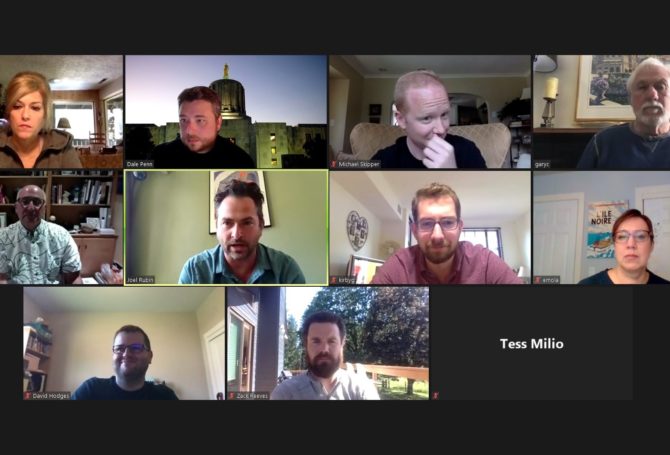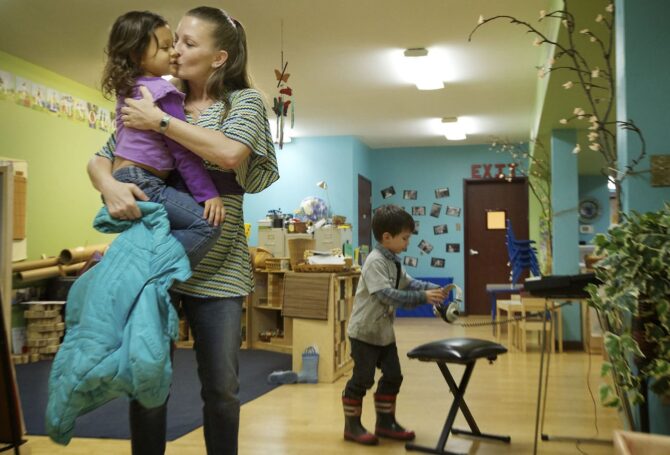
Zoom and Teams conference calls have become the norm for enabling families, friends and workmates to gather safely during the COVID-19 pandemic. CFM is no exception.
We hold a monthly all-staff conference call, which we have converted to a video conference, following the example of so many others, including our own clients.
“With platforms like Zoom and Teams, we can share information as if we were sitting around the same table,” says CFM Partner Joel Rubin. “The only difference is our clients get a little insight into how well my kids get along and when my dog notices a squirrel out the window .”
Whether it’s a home office, bedroom, dining room or kitchen, backgrounds add color and context to a conversation. “It’s cool to see people in their home environments,” explains CFM Partner Dale Penn II. “Honestly, unless proven otherwise, I assume everyone is still wearing their pajamas.”
Working remotely is something that already was prevalent among CFM staff members. “We more often go to clients rather than have them come to us,” Penn says. “Meeting with clients is ironically easier during the pandemic with Zoom and Teams, which allow us to schedule meetings without worrying about the logistics of travel or the limitations of distance.”
With fastbreaking updates on federal emergency relief and state-level guidance on business reopening, “it is tremendously useful to provide what amounts to face-to-face updates to our clients,” Rubin says. “Telephone briefings are useful, but video connections are more impactful and engaging.”
Crisis communications counsel is also enhanced by face-to-face physical distancing. “Crisis situations involve tension,” says CFM Principal Gary Conkling. “Being able to talk and read facial expressions is invaluable for clients undergoing a crisis and for us striving to offer sound counsel.”
When the pandemic has passed, video conferencing will remain. “Video conference existed before the outbreak, but its usage has exploded out of necessity,” Rubin says. “Given how effective video conferencing has become to overcome travel and in-person limitations, I don’t think it will fade into the sunset anytime soon.”
Of course, video conferencing has introduced the need for a stage presence for participants. “When you are on screen during a video conference, you are more conscious of how you look, your facial expressions and what you are doing,” observes CFM Office Manager Cindy Brown.
Technology issues still bedevil video conferencing. However, as platforms are refined and users become more familiar with them, the bugs disappear and the richness of visual contact can be experienced and enjoyed. “With physical separation in our daily work lives,” Rubin says, “it is satisfying and reassuring to see the faces of your teammates.” And you don’t have to wear a mask.




